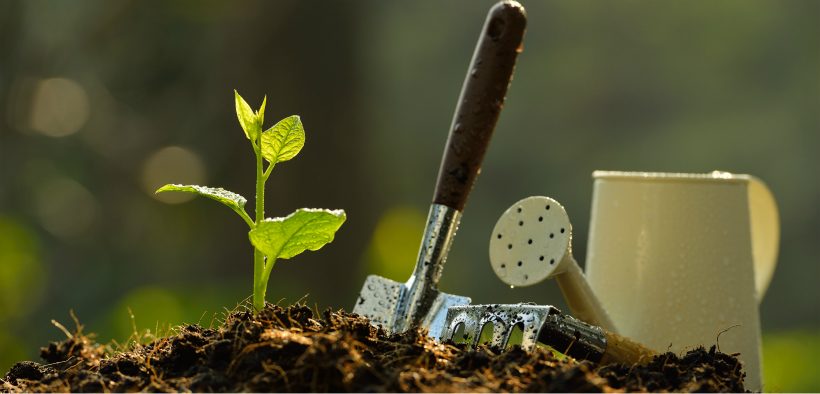In recent years, student dropout rates in STEM programs have received a lot of attention. The problem is often referred as the leaky pipeline, and that is a harmful metaphor. It implies that we can “plug the holes” (Cannady et al., 2014), or worse, that if we simply increase the flow rate of students, we can compensate (Metcalf, 2010). It’s a metaphor that makes assumptions about student uniformity that are not true in any field. Our students don’t all start from the same point, they don’t flow at a constant rate, and they don’t all share the same end goal. All of us teach students who come from a diversity of backgrounds, and with dramatically different goals. We need a new metaphor. But how do we describe the challenges of higher education in a productive way, one that permits differences between students, allows us to set goals as instructors, and helps us explain our needs to students and administrators alike? What do we want for our students? We want them to grow!
Related Articles
I have two loves: teaching and learning. Although I love them for different reasons, I’ve been passionate about...
Active learning is a mostly meaningless educational buzzword. It’s a feel-good, intuitively popular term that indicates concern for...
Perhaps the earliest introduction a student has with a course is the syllabus as it’s generally the first...
Generative AI allows instructors to create interactive, self-directed review activities for their courses. The beauty of these activities...
I’ve often felt that a teacher’s life is suspended, Janus-like, between past experiences and future hopes; it’s only...
I teach first-year writing at a small liberal arts college, and on the first day of class, I...
Proponents of rubrics champion them as a means of ensuring consistency in grading, not only between students within...









